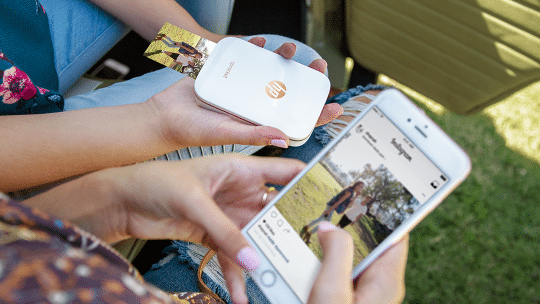

Kaplow Communications
It is not a secret that influencer marketing has made great strides as brands seek to build credibility, relevance and awareness among their key target audiences.
While these performance indicators are highly coveted, the bottom line for any brand will always be return on investment (ROI) and converting sales—we’re in the business of selling, after all. As a result, influencer-marketing professionals would be remiss if they did not require partners to link back to the products/brands in sponsored content.
Many agencies have teamed with clients’ e-commerce departments or leveraged influencer-marketing software to develop trackable links and assess the impact of partnerships. This is a worthwhile way to measure the value of influencer programming based on site traffic as well as revenue; not to mention, it helps the brand’s Search Engine Optimization (SEO), right?
While the natural answer to the question above seems to be “of course,” a dive into SEO basics, the Federal Trade Commission’s sponsored content disclosure requirements and Google’s sponsored content policy proves otherwise.
We discovered the impact of this issue after launching an influencer campaign in 2016. Engagement, impressions, content, etc. were fine, but in early 2017, the brand’s SEO team flagged an unanticipated impact on its SEO efforts.
Why did this happen?
SEO
• Search engines assign a ranking to websites based on two criteria: 1) keywords embedded as part of the metadata on a brand’s website; and 2) reputable sites that link back to the website, known as backlinks.
• Bots crawl the internet searching for keywords and backlinks and use what they find to assign a value to the site.
• Google then uses this data to determine a PageRank within internet searches (whether the website appears as No. 1 in search results or No. 101).
FTC Disclosure Requirements
• To protect consumers, the FTC requires influencers and brands disclose partnerships where money or goods have been exchanged for online endorsements.
• To be compliant, influencers are required to mention that their post was “sponsored by X brand” or use #sponsored in their social content.
Google’s Sponsored Content Policy
• Not all backlinks will help a site’s search ranking.
• After noticing an uptick in purchased backlinks, Google began de-prioritizing websites with backlinks where the word “sponsored” also appears.
So, on the one hand, influencers must disclose their paid endorsements to be FTC compliant. On the other hand, brands will not be willing to partner with influencers if doing so will lower their PageRank. What’s a brand supposed to do?
Here’s the good news: Social platforms have evolved to prevent this issue from hurting brands. Facebook and Twitter automatically shorten links or convert them into rich media before posting. Beyond simply condensing the link or converting it into something more visually compelling, this process helps prevent Google bots from counting sponsored content against your brand. It does this by giving the links a “nofollow” HTML tag. The only area where you’ll need to address this issue with influencers is for blog content.
Using Special Tags for Influencers
How can you ensure blog content doesn’t cause an issue? Google recommends giving influencers URLs with a “nofollow” attribute. This HTML attribute signals search engine bots that a hyperlink should not influence the link target’s ranking. Essentially, it tells bots to bypass the link. A nofollow link is created by adding the nofollow HTML tag to an existing URL, which looks like this: <a href=”http://www.website.com/” rel=”nofollow”>Link Text</a>
The following steps can make the process easier:
• Work closely with SEO/e-commerce teams to develop URLs with “nofollow” attributes. Develop an Excel grid with functions that automatically generate a “nofollow” URL when the original URLs are input.
• Carefully negotiate influencer contracts and be forthcoming about obligations: Flag the requirement to use brand-produced links early on for influencers and include it in the contract; enforce FTC compliance, but encourage influencers to use language in blog posts that shows their excitement for the relationship, e.g., “I’m thrilled to partner with X brand to…” or “I’ve teamed up with X brand to…”
• Ask influencers for all links they would like to include in their blog post before they launch the content.
• Develop a “nofollow” link for each of these URLs.
• Share the updated links with influencers for inclusion in their blog post.
While the backend of the URL will very obviously contain the “nofollow” attribute, the consumer won’t be the wiser.
Lessons
Digital ecosystems are complex. Movement in one area almost always has an influence on another. This is a cautionary tale for communicators to always consider the larger picture and the delicate connections between one digital arena and another.
CONTACT: @alayna_tweets
